10 Weight Loss Mistakes You Need to Stop Making
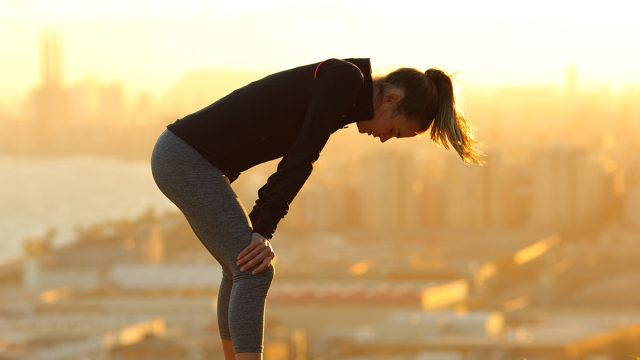
Many of us have stood in front of the mirror, promising ourselves that this time, we'll finally shed those extra pounds – and fast. However, the desire for quick results often leads to mistakes that can be counterproductive or even harmful. Read on to learn common pitfalls to avoid when attempting rapid weight loss, with insights from fitness and nutrition experts.
Setting Unrealistic Goals
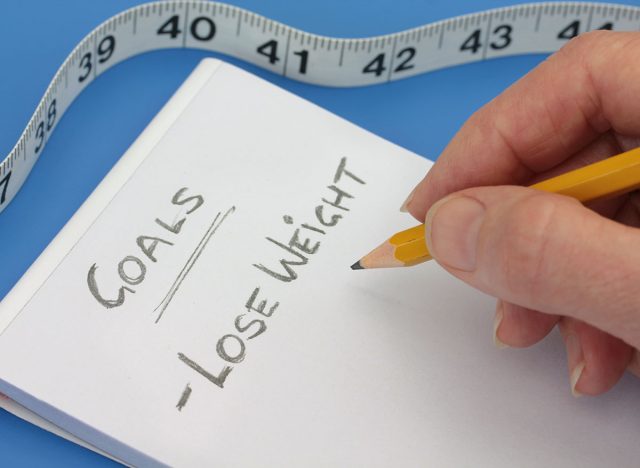
One of the biggest mistakes is setting unrealistic goals, such as aiming to lose 5 percent body fat in just two weeks. Blanca Garcia, RDN, cautions, "A 5% body fat loss in two weeks is not a recommendation I would make. The healthier, more achievable goal is to make lifestyle changes that are small but doable."
Falling for Crash Diets
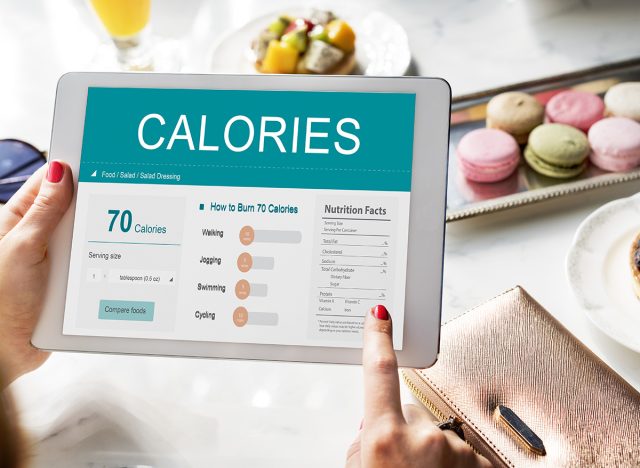
Crash diets or extreme calorie restriction can be tempting for quick results, but they're often counterproductive. Fitness expert Jillian Michaels warns, "When you starve the body, you're telling your body, 'Oh my god, food is really scarce.' This can lead to metabolic damage and the dreaded yo-yo effect."
Neglecting Exercise
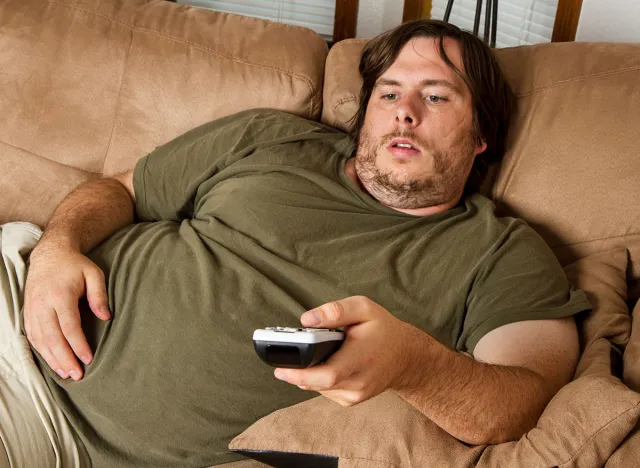
Contrary to popular belief, exercise plays a crucial role in weight loss. Michaels advises, "If you're trying to lose weight, it's like 80% exercise because you can't starve it off." Neglecting physical activity can significantly slow down your weight loss progress.
RELATED: I Lost 42 Pounds with These 6 High-Protein Meals
Ignoring Macronutrient Balance
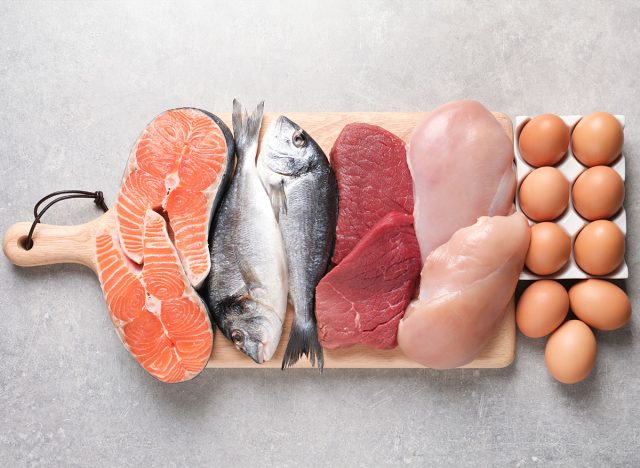
Focusing solely on calorie reduction without considering macronutrient balance can lead to nutrient deficiencies and muscle loss. It's important to maintain a balanced diet that includes adequate protein, healthy fats, and complex carbohydrates.
Overexercising

While exercise is crucial, overdoing it can be counterproductive. Garcia advises, "Setting overly ambitious goals with physical activity can lead to injury, but also can have feelings of despair if the goals are not met."
Neglecting Sleep and Hydration

Many people underestimate the importance of sleep and hydration in weight loss. Lack of sleep can disrupt hormones related to appetite, increasing the likelihood of overeating. Similarly, dehydration can slow down metabolism and lead to overeating due to thirst being mistaken for hunger.
Relying Solely on the Scale

Focusing only on the number on the scale can be misleading and demotivating. Catherine Gervacio, registered dietitian, suggests, "Consider factors like energy levels, mood, sleep quality, and overall health as important markers of success."
RELATED: I'm a Petite Nutritionist and These 6 Signs Show You're Actually Losing Weight
Overlooking Muscle Mass

Rapid weight loss often leads to loss of muscle mass along with fat. Gervacio advises, "Focus on your proteins and make sure you get the right amount and kind. Aim for a diet that includes a variety of nutrient-dense foods like fruits, vegetables, lean proteins, whole grains, and healthy fats."
Expecting Immediate Results
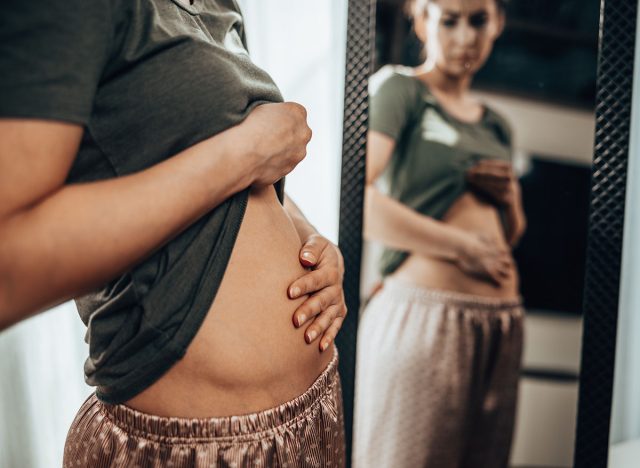
Expecting dramatic results in a short time can lead to disappointment and giving up. Garcia reminds us, "Weight loss that is sustainable for the long term requires changes that are lifelong and can only be sustained if those changes are something a person can actually do."
Ignoring Professional Guidance

Attempting rapid weight loss without professional guidance can be risky. Garcia emphasizes, "Rapid weight loss can be achieved in a safe and sustainable manner through direct work with a doctor and registered dietitian."
RELATED: Here Is How Much Weight You Can Really Lose on Ozempic, According to a Doctor
How to Lose Weight Sustainably

While the desire for quick weight loss is understandable, it's crucial to approach it healthily and sustainably. Avoid these common mistakes and focus on long-term lifestyle changes for the best results. As Gervacio says, "Understand that achieving long-term health and sustainable changes takes time. Be patient with yourself, and avoid self-criticism. Focus on progress rather than perfection!" And if you enjoyed this article, take advantage of these 15 Quick Ways to Lose Body Fat Percentage in a Week.




